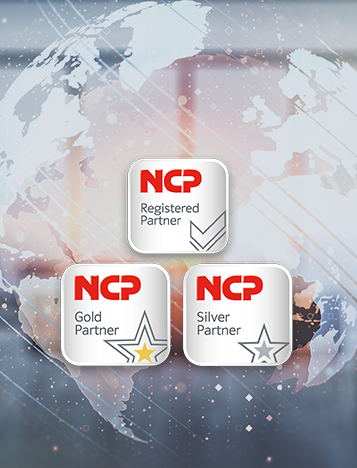SASE, SD-WAN & SSE – "Security concepts to enhance your IT strategy."
It is more crucial than ever to stay ahead of the curve when addressing evolving security challenges. Emerging approaches such as SASE, SD-WAN, and SSE represent a paradigm shift in security architecture and offer powerful network security and edge computing as part of a robust and efficient security framework.

SASE, SD-WAN, and SSE defined
SASE, SD-WAN, and SSE are connected network architectures that rethink the principles of network security.
- An SD-WAN (Software Defined Area Network) is a distributed data network that connects company sites via the Internet.
- SASE(Secure Access Service Edge) ensures that such a network is both functional and secure. SASE is a network architecture that combines WAN services with security functions such as Zero Trust or VPNaaS (VPN as a Service) in a cloud solution.
- SSE (Security Service Edge) is a collective term for security functions in a SASE concept.
How does NCP software work with standards and technologies such as SSE?
Security is paramount when connecting many sites and networks. Using the latest technology is the only way to protect the entire company network from attackers.
Software-based VPN solutions from NCP can keep your network secure.
NCP's enterprise VPN products are entirely software-based and secure the WAN with SSE components in a SASE topology.
Enterprise VPN products can secure classic on-premise infrastructures and cloud services. For example, a telephone system on the company network can still be used via VPN.
Read more about NCP's Secure Enterprise VPN solutions!

Benefits:
- 100% software-based solution
- Combine flexibly with any cloud concepts (e.g. Zero Trust)
- Outstanding security for data transfer
- Maximum speed via IPsec tunnel
- Comprehensive security for end devices and users through multi-factor authentication, SSO support or endpoint policy checks
- Convenient administration through central management
- Global rollout of updates and policies to individual users, groups or the entire organization
- Flexible licensing models







